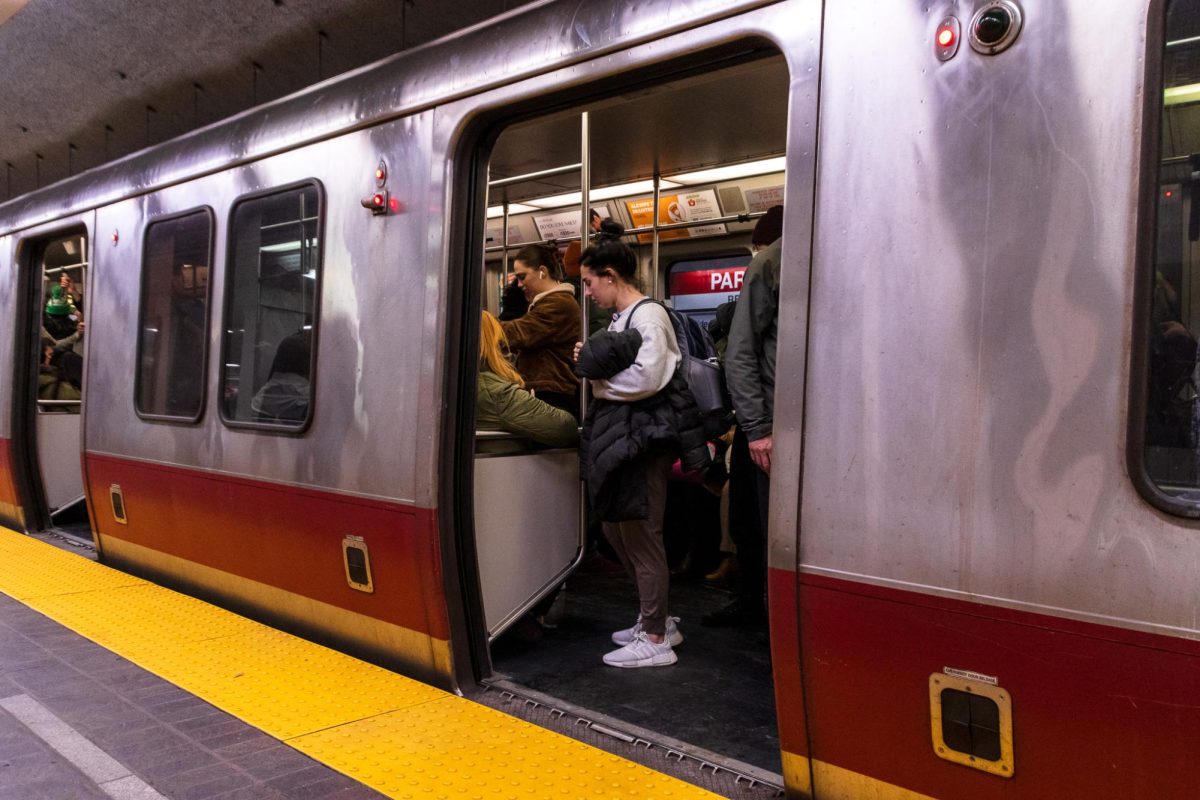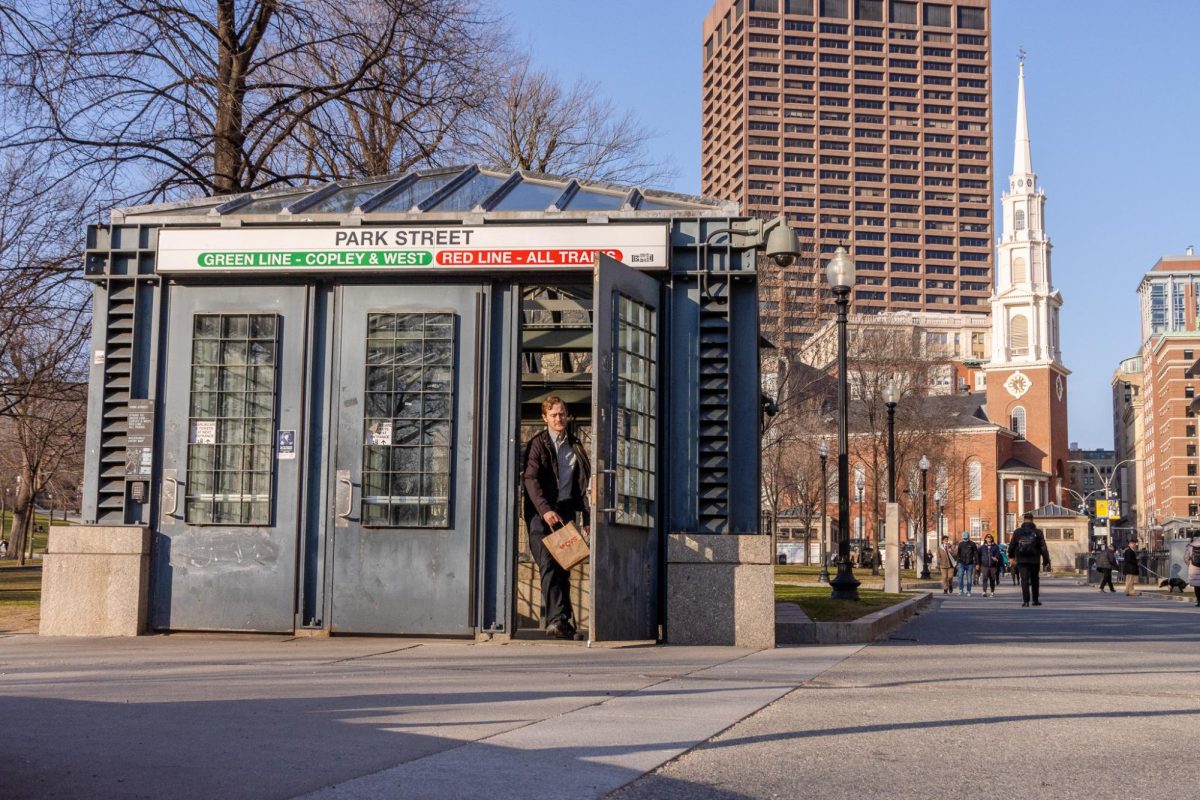
A recent comment from MBTAŌĆÖs general manager about adding late-night service left Bostonians hopeful for a public transit reform.┬Ā
In a recent interview with GBH, MBTAŌĆÖs General Manager Phillip Eng said, ŌĆ£IŌĆÖve been talking with my operations folks regarding the potential for late-night service.ŌĆØ┬Ā
Compared to other large metropolitan cities like New York or Chicago, Boston does not offer full 24/7 public transportation service. The MBTA subway system ends its services at around 1 a.m. each night and restarts at 5 a.m., with only a handful of bus services working in between on high-demand routes.┬Ā
ŌĆ£I know so many people that need our system [to] start [work] earlier than our system starts, or [finish work] later,ŌĆØ Eng added.┬Ā
The lack of overnight public transportation affects bargoers, college students, and essential late-shift workers.┬Ā
ŌĆ£There are folks who clean our hospitals, folks who are working in the hospital in the ER overnight,ŌĆØ Jarred Johnson, executive director of the advocacy group TransitMatters, told MassLive.┬Ā
ŌĆ£There are tons of people who are going to and from work during those hours, and relying exclusively on ŌĆ” Uber and Lyft isnŌĆÖt really sustainable for a lot of folks,ŌĆØ he added.┬Ā
Katharine Nash, 30, a dietitian at Brigham and WomenŌĆÖs Hospital, said the T should run 24/7 because ŌĆ£We have the right for public transportation to run longer in the city.ŌĆØ┬Ā
ŌĆ£I have some friends that work in the late-night industry and itŌĆÖs really challenging to get back home after your shift ends at 2 o’clock,ŌĆØ Nash added.┬Ā
Nash added that the lack of overnight public transportation also affects BostonŌĆÖs nightlife.┬Ā
ŌĆ£When I was 21 [years-old], it was quite stressful to catch the very last train at 12:30 ŌĆ” It was a crazy rush to make it and if I missed it I had to either walk home or Uber,ŌĆØ she said.┬Ā
The MBTA started a pilot program in 2014 that extended service hours on the weekend until 2:30 a.m. The pilot was scrapped in 2016 due to low ridership levels that did not align with the programŌĆÖs costs.┬Ā
Nash said she disagrees with the closure of the pilot.┬Ā
ŌĆ£It should have been tried a little bit longer; I donŌĆÖt think enough people knew about it,ŌĆØ she said.┬Ā
Without late-night train service, many Bostonians turn to rideshare apps. A single ride can range from $15-40 at night, depending on the distance and location of the ride.┬Ā
Ari Mei-Dan, a junior visual media arts student at Emerson and a music photographer, said the lack of late-night trains creates a financial burden on her.┬Ā
ŌĆ£Oftentimes shows get out late and I barely miss the T, which means I have to pay for an Uber,ŌĆØ she said. ŌĆ£ItŌĆÖs starting to cost me money to go to shows IŌĆÖm hired [to take photos] for.ŌĆØ┬Ā

Clark Maddock, 37, also expressed frustration about the appŌĆÖs high costs.
ŌĆ£Instead of taking the T, I have to take an Uber ŌĆ” I pay for a weekly bus pass, so why should I pay extra for an Uber?ŌĆØ he said.┬Ā
For Maddock, a late-night public transportation service is not about convenience, but could be life-saving.┬Ā
ŌĆ£There are a lot of people who are trying not to drink and drive,ŌĆØ he said.┬Ā
A 2020 Harvard Kennedy School study found that adding late-night service could reduce car crashes by about 4%, and yearly cost savings of around $3.4 million.┬Ā
ŌĆ£Not having [trains] limit a lot of people who need it,ŌĆØ Maddock added.┬Ā
Berklee College of Music student and musician Amos Landau, 19, said that MBTA could afford to run late-night trains if they enforced fare payments.┬Ā
ŌĆ£No one is paying for the T; people get on and ignore the pay machine,ŌĆØ he said. ŌĆ£ItŌĆÖs too expensive because people donŌĆÖt pay, but people donŌĆÖt pay because itŌĆÖs too expensive.ŌĆØ┬Ā
A single subway ride costs $2.40 per ride, and a local bus ride costs $1.70 one-way. In 2021, the MBTA lost between $5 and $6 million in revenue from fare evasion on buses and subways.┬Ā
The MBTA recently installed Tap-to-Pay machines that allow riders to pay with a credit or debit card. Some T stations have workers who attempt to enforce payments, but many riders continue to evade fares.┬Ā
As a musician, Landau often has practice or shows late at night. He said he must choose between his music career and getting home safely.┬Ā
ŌĆ£[I would go out] if there was a reliable train schedule, if the T didnŌĆÖt get stuck so often, and if they added more hours to give room for those frequent delays,ŌĆØ he said.┬Ā
With more people who share LandauŌĆÖs feelings and the work-from-home trend post-COVID-19, MBTA Ridership continues to be low, hovering at around 60% of pre-pandemic numbers.┬Ā
Eng also said in his interview with GBH that the MBTA is focused on improving the reliability of the T and reducing slow zones.┬Ā
Slow zones are put in place to restrict the speed of a train due to track wear and tear or other problems. They cause a series of delays that ripple throughout the rest of the line. The MBTA removed many of these slow zones last year. Now, there are zero slow zones on the blue line and two on the green line.┬Ā┬Ā┬Ā
Eng said the key to bringing people back on MBTA tracks is ŌĆ£safe, reliable, and frequent service.ŌĆØ┬Ā